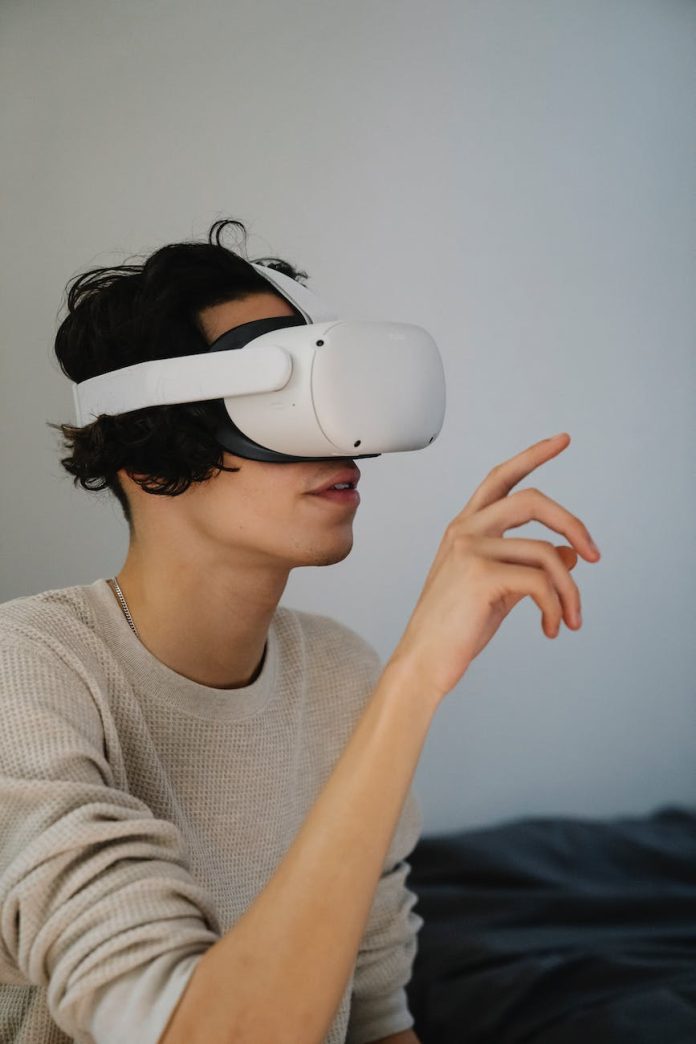Augmented Reality (AR) has revolutionized various industries, and the retail sector is no exception. With the ability to overlay digital information onto the physical world, AR has transformed shopping experiences for both customers and retailers. This article will delve into the different aspects of Augmented Reality in Retail: Transforming Shopping Experiences, providing readers with valuable insights into this innovative technology.
Enhancing Product Visualization
AR allows customers to visualize products in a more realistic and interactive way. By using their smartphones or AR-enabled devices, shoppers can superimpose virtual objects into their real environment. This enables them to see how furniture would look in their living room, try on virtual clothes, or even test out makeup products without physically trying them on. By providing this immersive experience, AR enhances product visualization and helps customers make more informed purchasing decisions.
Personalized Recommendations
AR technology can analyze customer data and preferences to provide personalized recommendations. By tracking a customer’s previous purchases, browsing history, and social media activity, retailers can offer tailored suggestions and promotions. For example, when a customer is browsing through a store, AR can display personalized offers and discounts based on their preferences. This not only enhances the shopping experience but also increases customer engagement and loyalty.
Virtual Try-On and Fitting
One of the significant advantages of AR in retail is the ability to virtually try on products. Customers can use AR applications to see how clothes, accessories, or even makeup would look on them without physically trying them on. This eliminates the need for changing rooms and allows customers to make quick and confident purchase decisions. Additionally, AR can also provide accurate measurements and fitting recommendations, ensuring a better fit and reducing the chances of returns or exchanges.
Interactive In-Store Experiences
AR transforms traditional brick-and-mortar stores into interactive and engaging spaces. Retailers can create AR experiences within their physical stores, such as interactive product displays, virtual tours, or gamified shopping experiences. This not only attracts customers but also keeps them engaged and entertained while shopping. By blending the physical and digital worlds, AR creates a unique and memorable in-store experience, driving foot traffic and boosting sales.
Improved Customer Service
AR technology can also enhance customer service in retail. Store associates equipped with AR devices can access real-time product information, inventory levels, and customer data, allowing them to provide personalized assistance and recommendations. AR can also be used to guide customers through the store, provide product details, or even offer language translations. By empowering store associates with AR, retailers can deliver a more efficient and personalized customer service experience.
In conclusion, Augmented Reality in Retail: Transforming Shopping Experiences has revolutionized the retail industry by providing enhanced product visualization, personalized recommendations, virtual try-on and fitting, interactive in-store experiences, and improved customer service. As AR continues to evolve, it will undoubtedly shape the future of retail, creating more immersive and personalized shopping experiences for customers worldwide.


